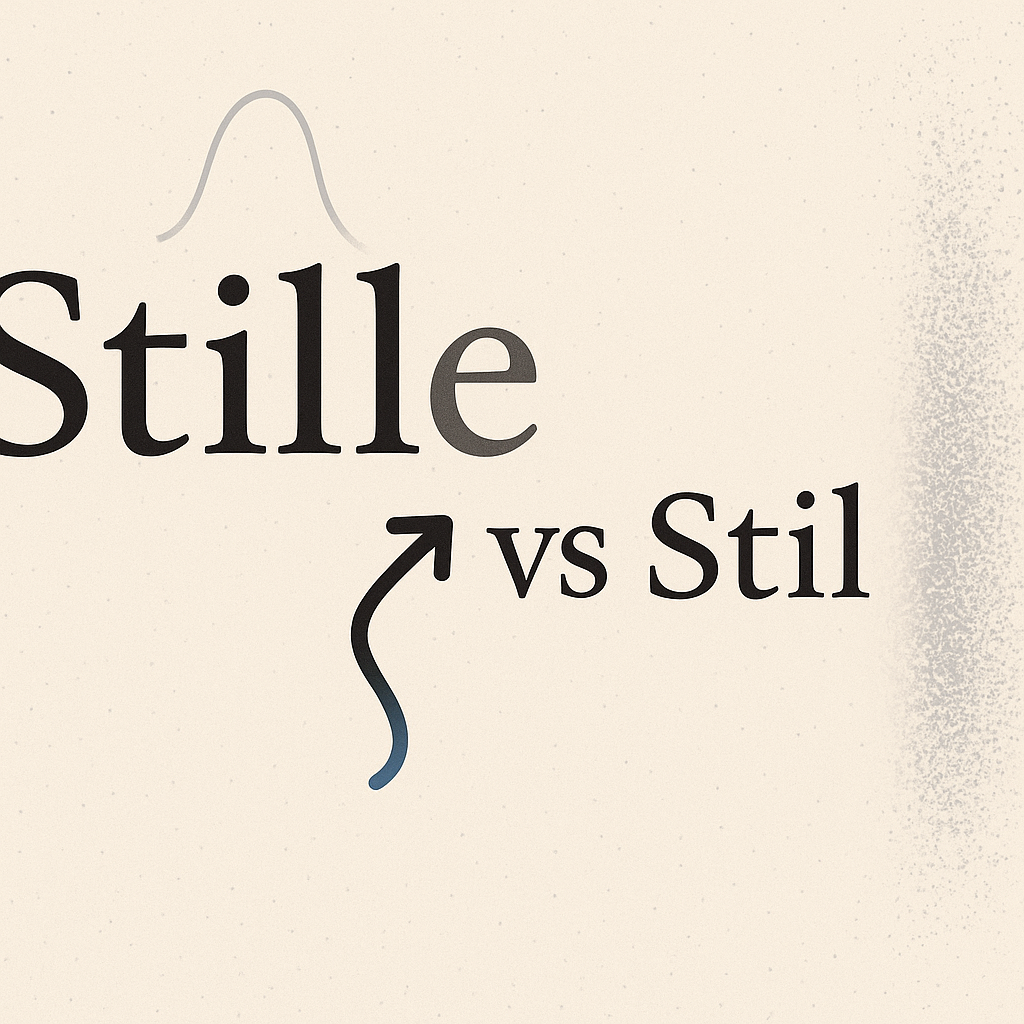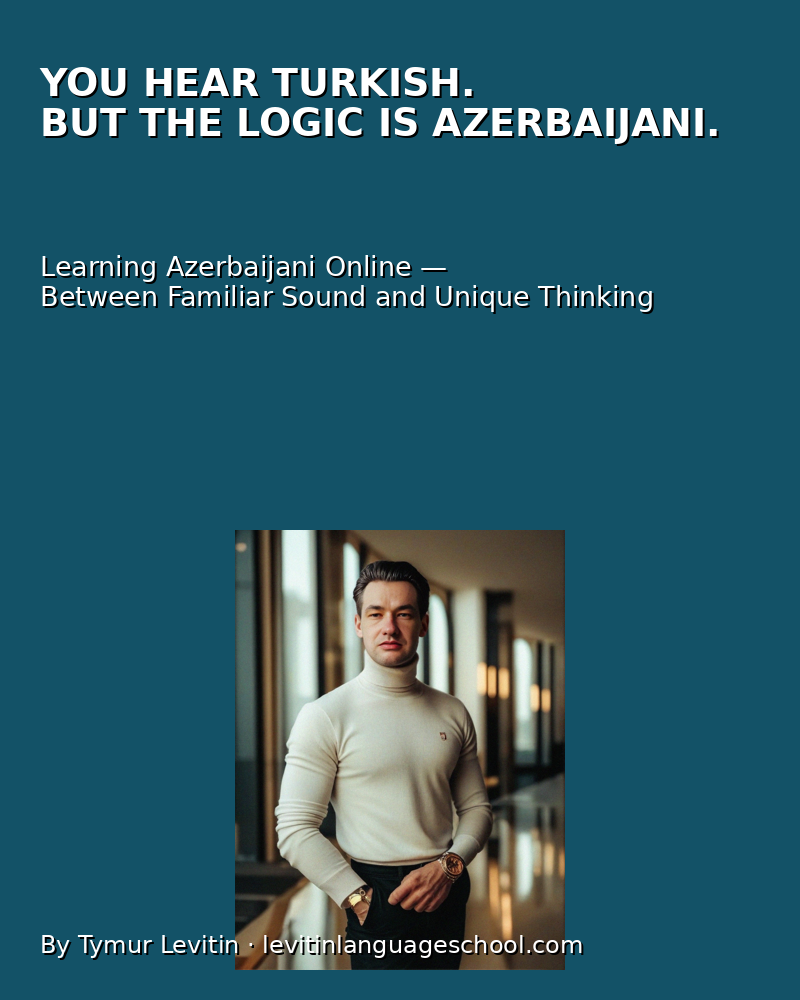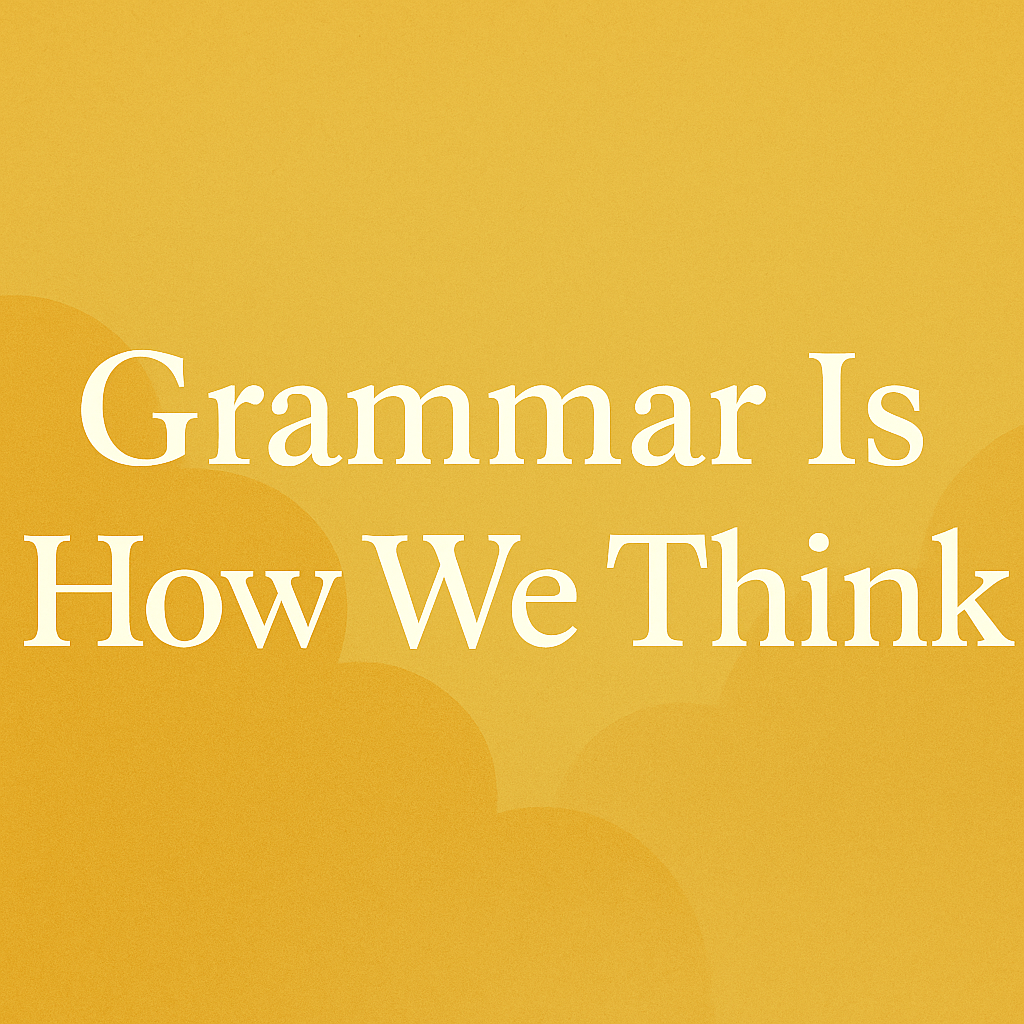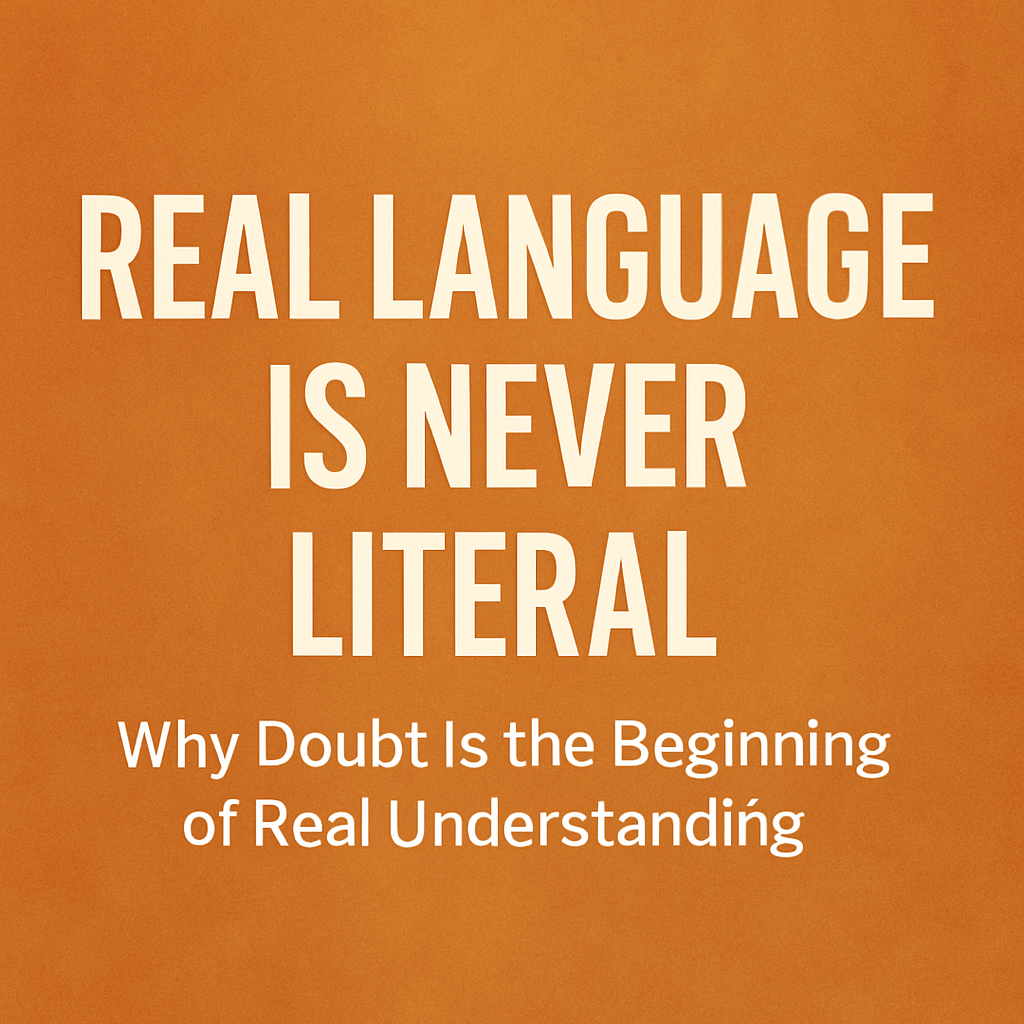Why It’s Not About Rules — But About Structure and Choice
“Grammar is not the enemy of freedom — it’s the map of how we move through meaning.”
— Tymur Levitin
Author’s Column — Tymur Levitin on Language, Meaning, and Respect
Final article in the series: Grammar Is Meaning, Not Rules
What If Grammar Isn’t About Correctness?
Students are taught to see grammar like this:
- ✅ This is correct.
- ❌ This is wrong.
But what if we looked at it differently?
- This structure means certainty.
- That one means doubt.
- This is used for contraste.
- That is used for enfoque.
Suddenly, grammar becomes a tool — not a trap.
Grammar Is Mental Architecture
Every time we speak, we build a structure.
A sentence is not a string of words.
It’s a mental space with:
- a subject (who/what we care about)
- a verb (what’s happening or not happening)
- time (now, before, after)
- tone (command, suggestion, curiosity)
- condition (if, unless, even though)
That’s not grammar.
That’s how thinking becomes visible.
Grammar Reflects How We See the World
Compare:
- If I had known, I would’ve helped.
- I didn’t help because I didn’t know.
Both refer to the same reality.
But one is regret. The other is explanation.
Grammar encodes not events — but attitudes.
Or take:
- She must be tired.
- Maybe she’s tired.
Same topic.
Different belief level.
That’s grammar as thought clarity.
Why Grammar Is About Choice, Not Obligation
When you say:
“He was always late.”
You’re not just telling facts —
You’re choosing how to frame them:
- You used past continuous → maybe it was a habit, maybe you’re annoyed
- You used always → maybe you’re exaggerating
- You chose that structure — not randomly, but emotionally
Grammar is the shape of your intention.
Why This Changes How We Teach
At Levitin Language School, we don’t say:
“Here are the rules — now follow them.”
We say:
“Here’s the structure — here’s what it helps you express.”
Because real communication isn’t about correctness.
It’s about:
- clarity
- tone
- emphasis
- emoción
- contraste
- lógica
Grammar is the set of tools.
Thinking is the real skill.
Related posts from our blog
→ Grammar Is Not Math
→ Modal Verbs Are Not Actions
→ What Is Modality in Language?
→ La barrera lingüística no tiene que ver con el idioma
Sobre el autor
Tymur Levitin — founder, director, and senior instructor at Levitin Language School / Start Language School by Tymur Levitin
🔗 Conoce al autor →
© Tymur Levitin. Todos los derechos reservados.






















